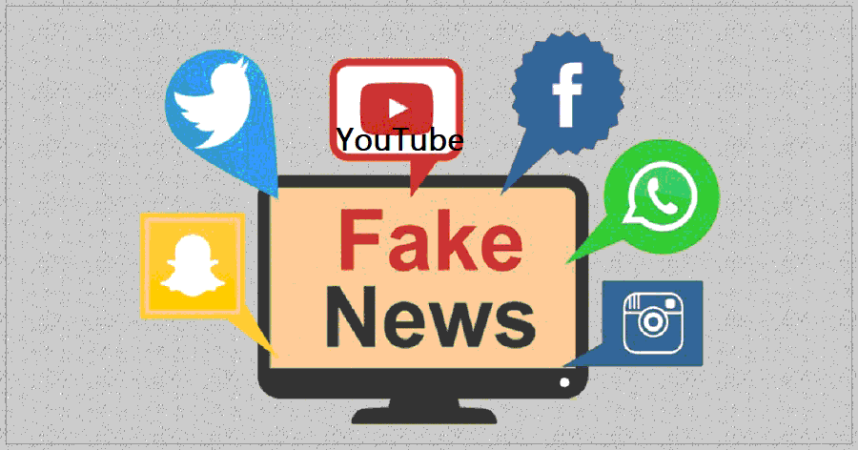More than 95% internet users receive disinformation

By A Staff Reporter
Kathmandu, Sept. 14: Most Nepali internet users are exposed to disinformation, a survey by the Centre for Media Research – Nepal (CMR-Nepal) revealed.
The Nepal Twitter Users Survey 2019 was conducted by the centre last November and the results are based on 542 valid responses, which show that a staggering 95.5 per cent of internet users receive disinformation.
“This is very concerning as almost all internet users appear to be exposed to some kind of disinformation,” says CMR-Nepal Chairperson Rishikesh Dahal, adding that the results show an urgent need to devise a multi-layered plan to help citizens distinguish disinformation from valid information.
Social media main culprit
A vast majority, 85.6 per cent, believe YouTube is the main platform where they encounter disinformation. This appears to validate claims that ‘YouTubers’ not only sensationalise the content but also air misguided and fake information to garner views and earn money, stated a press statement issued by CMR-Nepal announcing the survey results.
Facebook and Twitter are not far behind with more than two-thirds saying they saw disinformation on Facebook and more than half saying they saw it on Twitter.
Very few reported disinformation in newspapers. This could be a result of trust factor as people tend to trust newspapers more and probably believe what they see in newspapers is true, the statement stated.
“In Nepal, many surveys over the past decade have shown that up to 90 per cent of the public rank media as the most trusted institution,” said Tilak Pathak who studies public trust in media.
“So, even when there is disinformation in mainstream media, the general public’s trust may keep them from identifying it.”
Problem for society
The respondents were also asked whether disinformation is already a problem or will be a problem for our society.
More than two-thirds of them believe that it is already a problem and a little more than 12 per cent think it will create problems in the future.
Just over one per cent believe it is neither a problem now (1.6 per cent) nor will be in the future (1.1 per cent).
Countering disinformation
Most of the survey participants called media and government responsible for tackling disinformation. About 32 per cent of them considered users responsible while 30 per cent considered platforms responsible.
About 22.5 per cent said civil societies were responsible and 9 per cent considered educational institutions, influencers and fact-checkers responsible.
“Fact-checking initiatives are important but so are efforts from the government, political parties, media, civil society and opinion leaders in creating an information-literate citizenry,” said Umesh Shrestha, editor of NepalFactCheck.org, a fact-checking initiative of CMR-Nepal.
CMR-Nepal’s former chairman Bhuwan KC said disinformation can pose a big threat to Nepal’s democracy, highlighting how it could not only impact elections but also public debates and understanding of political and social issues. “If we don’t devise a concrete and effective strategy to tackle disinformation, without impacting people’s freedoms, our democracy might suffer,” KC said.
Recent News

Do not make expressions casting dout on election: EC
14 Apr, 2022
CM Bhatta says may New Year 2079 BS inspire positive thinking
14 Apr, 2022
Three new cases, 44 recoveries in 24 hours
14 Apr, 2022
689 climbers of 84 teams so far acquire permits for climbing various peaks this spring season
14 Apr, 2022
How the rising cost of living crisis is impacting Nepal
14 Apr, 2022
US military confirms an interstellar meteor collided with Earth
14 Apr, 2022
Valneva Covid vaccine approved for use in UK
14 Apr, 2022
Chair Prachanda highlights need of unity among Maoist, Communist forces
14 Apr, 2022
Ranbir Kapoor and Alia Bhatt: Bollywood toasts star couple on wedding
14 Apr, 2022
President Bhandari confers decorations (Photo Feature)
14 Apr, 2022











